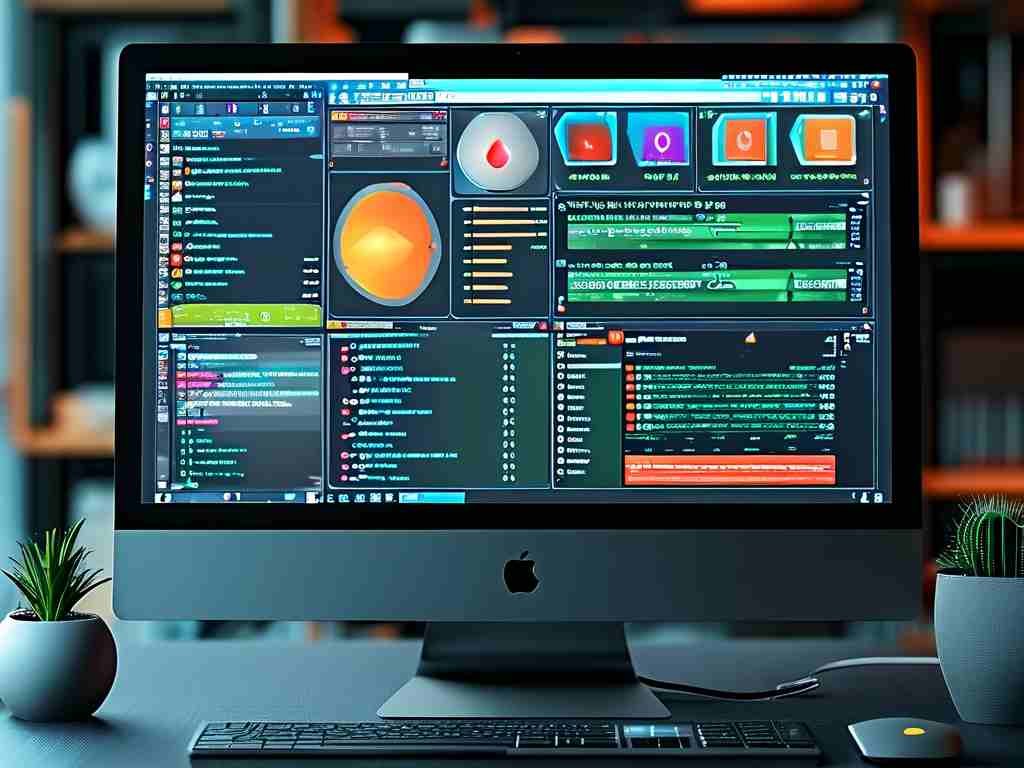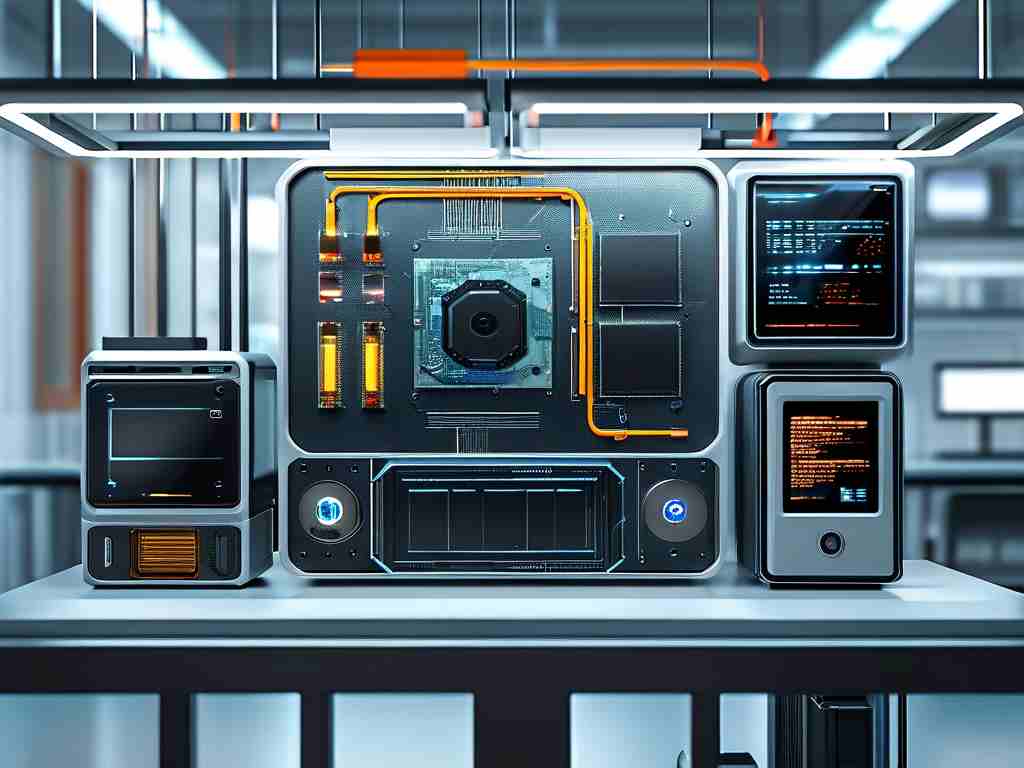The rapid growth of connected devices in industrial and consumer markets has intensified demand for robust embedded development strategies. This article explores practical approaches to designing embedded systems tailored for IoT applications, emphasizing hardware-software synergy, resource optimization, and scalable architectures.

Core Components of Embedded Solutions
Modern embedded development requires meticulous hardware selection. Processors like ARM Cortex-M series and RISC-V chips dominate low-power applications, while FPGA-based solutions address custom logic requirements. For sensor integration, developers often combine MEMS-based accelerometers with environmental sensors like BME280 for multifunctional data capture.
Software architecture plays an equally critical role. Real-time operating systems (RTOS) such as FreeRTOS or Zephyr OS provide deterministic task scheduling, essential for time-sensitive operations. Below demonstrates a basic task creation example in FreeRTOS:
void vTaskFunction(void *pvParameters) {
while(1) {
// Sensor data acquisition
vTaskDelay(1000 / portTICK_PERIOD_MS);
}
}
xTaskCreate(vTaskFunction, "SensorTask", 128, NULL, 1, NULL);
Power Management Techniques
Battery-operated IoT devices demand advanced power optimization. Techniques include:
- Dynamic voltage scaling (DVS) adjusting clock speeds
- Peripheral sleep modes activation through firmware triggers
- Energy harvesting integration using solar or RF sources
Developers must balance performance with energy constraints. For instance, LoRaWAN modules consume 45mA during transmission but <1μA in sleep mode, making protocol timing configuration crucial.
Security Implementation Layers
Embedded security requires hardware-rooted protection. Secure elements like ATECC608A provide cryptographic acceleration and key storage, while software layers implement TLS/DTLS protocols. Over-the-air (OTA) updates should incorporate signed firmware packages:
# Simplified firmware signature verification
from cryptography.hazmat.primitives import hashes
from cryptography.hazmat.primitives.asymmetric import padding
public_key.verify(
signature,
firmware_binary,
padding.PSS(
mgf=padding.MGF1(hashes.SHA256()),
salt_length=padding.PSS.MAX_LENGTH
),
hashes.SHA256()
)
Debugging and Testing Methodologies
Cross-platform debugging tools like Segger J-Link PRO enable simultaneous hardware breakpoints and power analysis. Automated testing frameworks should simulate network interruptions and voltage fluctuations. Field testing remains critical – one medical device team discovered intermittent failures only during 2.4GHz WiFi interference, resolved through shielding redesign.
Future-Proofing Strategies
Modular design principles allow component upgrades without full system redesign. Containerization approaches using Docker-like solutions for embedded Linux (e.g., BalenaOS) enable seamless application updates. The table below compares communication protocols for different use cases:
| Protocol | Bandwidth | Range | Power Use |
|---|---|---|---|
| BLE 5.2 | 2Mbps | 100m | Low |
| Zigbee | 250Kbps | 300m | Medium |
| NB-IoT | 200Kbps | 10km | High |
As edge computing gains prominence, embedded developers must integrate machine learning capabilities. TensorFlow Lite for Microcontrollers enables neural network deployment on devices with <256KB RAM, opening new possibilities for predictive maintenance and anomaly detection.
Regulatory Compliance Considerations
Region-specific certifications like FCC (US), CE (EU), and SRRC (China) require early planning. Electromagnetic compatibility (EMC) testing should occur during prototype stages to avoid costly redesigns. Medical and automotive applications demand additional certifications (ISO 13485, ISO 26262), emphasizing documentation rigor.
The convergence of embedded systems with cloud infrastructure necessitates hybrid debugging tools. Solutions like AWS IoT Greengrass enable local compute with cloud synchronization, requiring developers to master both embedded C and cloud API integration.
By adopting these methodologies, engineering teams can deliver embedded solutions that meet evolving IoT demands while maintaining cost efficiency and reliability. Continuous learning through platforms like ARM Developer Hub and participation in OSS projects like Zephyr Project ensure skills remain relevant in this dynamic field.









